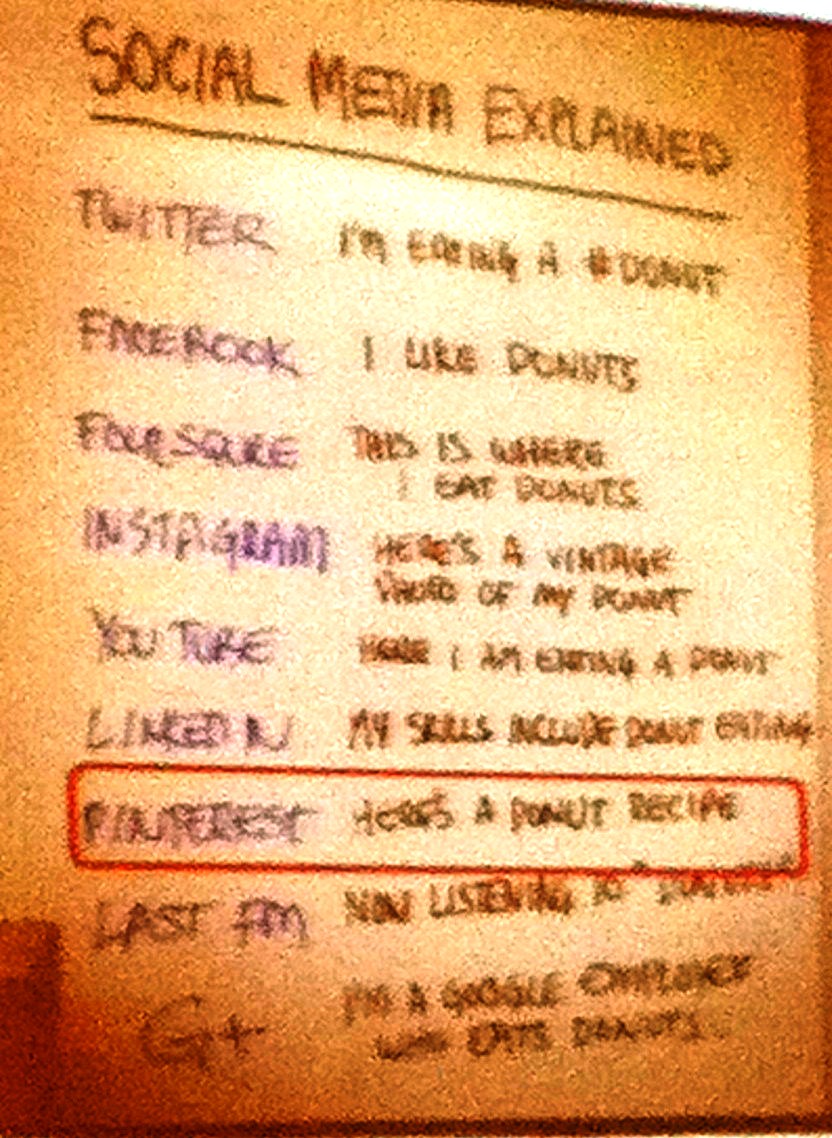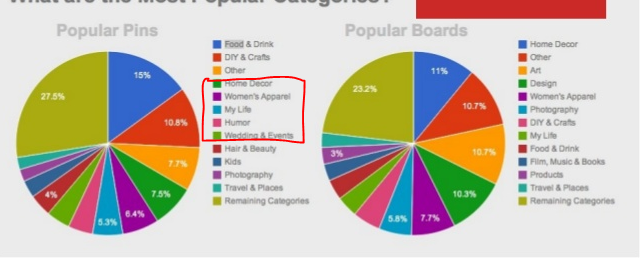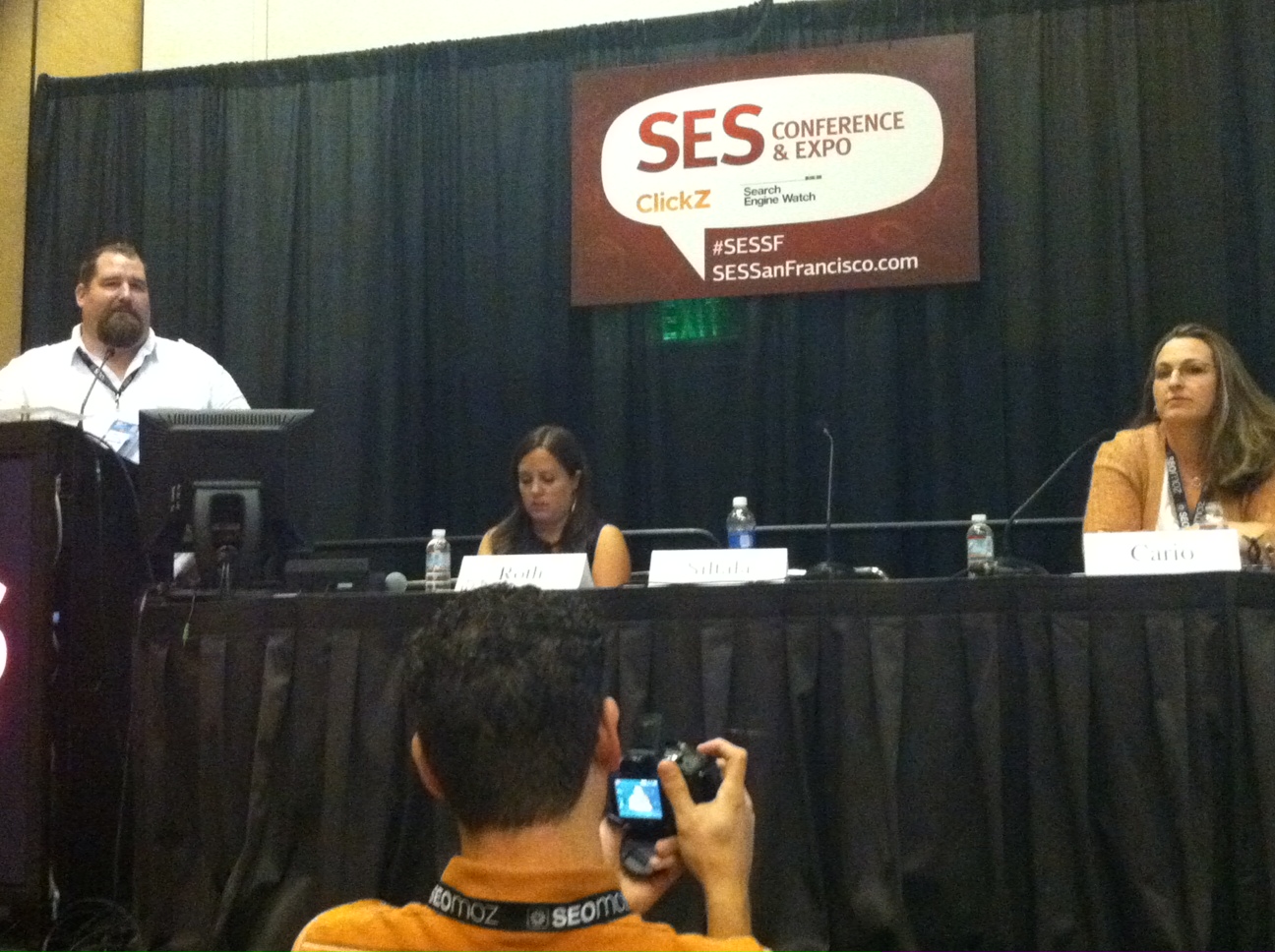Pinterest recently took down its invite-only wall, and stats indicate it was one of the web’s biggest traffic drivers even before it was open to the public for use. At SES San Francisco, presenters Jennifer Cario of SugarSpun Marketing and Mat Siltala, founder of Avalaunch Media, shared some Pinterest best practices and tools of the trade for standing out on the visual social network.
For Pinterest skeptics, Cario offered five reasons why Pinterest is a valuable social marketing platform worth brands’ time:

1. Lower barrier to entry. Cario says this is a relatively easy network to get started with.
2. Impressive traffic potential. Brafton has reported that Pinterest drives up to 1.38 percent of web traffic, based on a sample of Shareaholic measured sites.
3. Good retention rate. Her clients have found users are consistent Pinners.
4. Equal impact potential. Even those with a small number of followers can score big Pins.
5. Wide Open terms of service. This can cause some sticky copyright issues, but it also makes marketers’ imagine their limits. Facebook and other social networks restrict what can be shared and why types of promotions companies can run.
The experts went on to describe how brands can set a winning Pinterest strategy.
1. Competitive research
Cario encouraged marketers to use “pinterest.com/source/yourdomain.com” to see what is being Pinned from competitors’ sites. Placing a competitor’s domain name in the URL gives great insights on what they’re doing right, and placing a marketers’ brand site in the URL reveals content assets that are already scoring Pins.
2. Research your Pinterst hits
Once marketers see which content is winning Pinterest visibility for their brands, they should distinguish between Pins and Repins. Pins reflect interaction from people are actively visiting the site, while Repins don’t necessarily indicate website engagement. By identifying which users are Pinning and which are Repinning, marketers can to try to create direct engagement opportunities to get interest and traffic from users who may not have been exposed to their sites yet.
3. Target secondary categories when you Pin
Both Cairo and Siltala shared a graphic depicting the most popular Pin categories. (As Brafton reported, Pinterest recently made it possible for users to search content according to category.)

It’s important to pin content tagged with the most relevant categories, but the SES San Francisco experts advise marketers to focus in on the second-most popular tier when possible. These categories are less cluttered which can help visibility. Moreover, content can be Repinned in one of the main categories by users to add extra reach.
Another category tip: Don’t edit a Pin once it hits a category page
4. Create graphics and share teasers
Pinterest is built on graphics. It’s also full of people who love DIY projects. Cario and Siltala suggested that marketers share instructional graphics.
“Your job is to make sure you’re useful,” Siltala told attendees interested in Pinterest marketing.
DIY graphics are in demand on the site, and this type of content should be included in a Pinterst (and general) social marketing campaign. The presenters also recommended that marketers crop their graphics so that Pinterest users are required to return to their sites for the full graphic.
One quick tip from Cario on creating pins to engage males (as 80 percent of users are female): Pin graphics or images of pretty women and cars. This has worked for some of her clients.
For brands with a Pinterst marketing campaign in place, Siltala offered some top Pinterest tools for measuring success:
- Pinalerts: This alerts marketers whenever someone Pins content from their sites.
- Pinerly: Also called “Pinalaytics,” this is an integrated Pinterest analytics platform that can be set up to measure the value of clicks based on campaign goals.
- Repinly: Repinly helps marketers keep tabs on the most popular Pins, boards and Pinners so they can create content – and engage with users – for maximum impact.
- Pinpuff and PinReach: These tools show how “powerful” a Pinner is perceived on Pinterest.
- http://bit.ly/pinterest-bookmarklet: This tool is added to a browser and can be used to download and easily sort through anything Pinned from a site.
As Sitala said, “Pinterest is powerful.” Visual content is certainly having an impact on Pinterest users, and infographic marketing is powerful fuel for Pinterest marketing.
Of course, brands must be aware of infographic best practices, with Google’s Matt Cutts recently speaking out against spam infographics. (In addition to SEO consequences, spammy graphics are unlikely to sustainably engage users.)
For more Pinterest marketing insights, check out Brafton’s related blog, with tips on defining your boards and engaging the right audiences.




